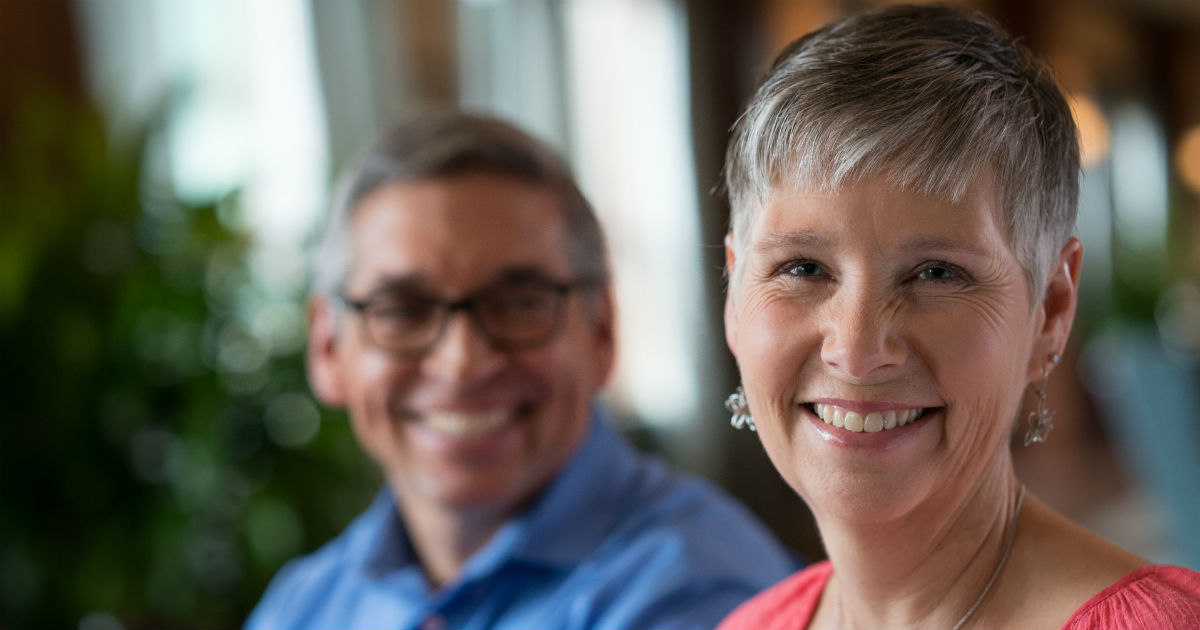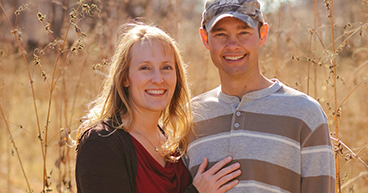
Caring for someone with cancer can feel like a full-time job. With duties ranging from making medical decisions, to cooking and preparing meals, to driving to and from medical appointments, tests and treatments, being a caregiver can be challenging, frustrating and rewarding at the same time. It’s a job that often comes with little preparation or training, and sometimes, with little recognition.
The role is also in high demand: An estimated 1.6 million new cases of cancer will be diagnosed this year in the United States, according to the American Cancer Society. Many of these patients will eventually receive help from a family member, friend or someone else close to them. Caregivers like Darlene Knight, whose husband, Randy Knight was diagnosed with non-Hodgkin lymphoma in his lungs in 2010, is among the unsung heroes of the cancer care community, often standing in without a second thought. “It’s just something you do,” Darlene says. “You step up to the plate and do it.”
That does not mean the job is easy. The Knights, for example, have a special-needs daughter, and Darlene is her primary caregiver as well. Randy kept up his responsibilities at work, but Darlene was the one who drove him the 10 hours between their Louisiana home and our hospital in Tulsa, where he received chemotherapy and a number of supportive therapies that helped him manage his side effects. She also made sure he maintained a healthy diet, she ordered his supplements and helped refresh his memory when he became forgetful, a common side effect of chemotherapy.
It’s an experience that resonates with the sons and daughters caring for aging parents and the dedicated mothers and fathers who put their lives on hold to tend to their sick children’s needs. Caregivers often not only juggle the medical needs of their loved one, but also the parenting needs of their children. Like the patients they serve, caregivers are a diverse group, representing all ages, races, ethnicities and socioeconomic backgrounds. Many share similar challenges, even if they face different obstacles.
Caregivers may also struggle with a sense of powerlessness. They cannot control how often their loved ones will have to have treatment or how their body will respond. But caregivers can control an important part of the process—developing and maintaining communication. Talking about some of the stress and fears they experience can help a patient and caregiver understand each other’s viewpoint and cope better with challenges faced during treatment. The open communication—between caregiver and patient, and between caregiver and others—is important, because patients are not the only ones who need support.
Darlene Knight says her neighbors pitched in to cut her lawn and take care of her pets while she accompanied Randy on treatment trips. But even those with a reliable support system can suffer exhaustion and caregiver burnout. Here’s how you can recognize the caregivers among us, whether they are helping you or someone else:
Thank them. Make your favorite caregivers a meal, send them a card or email them words of gratitude.
Offer help. Taking a break is essential to keeping up the energy required of being a caregiver. Help them figure out how they can get away for a few hours.
Spend time. A phone call or face-to-face visit can make a big difference to someone who feels isolated and overworked.


